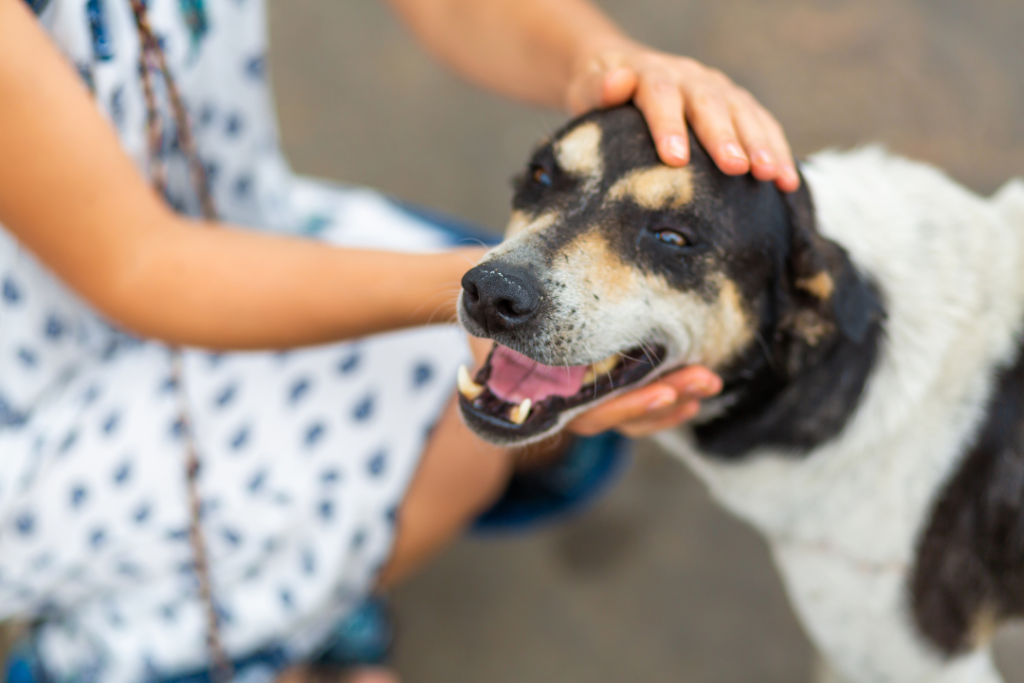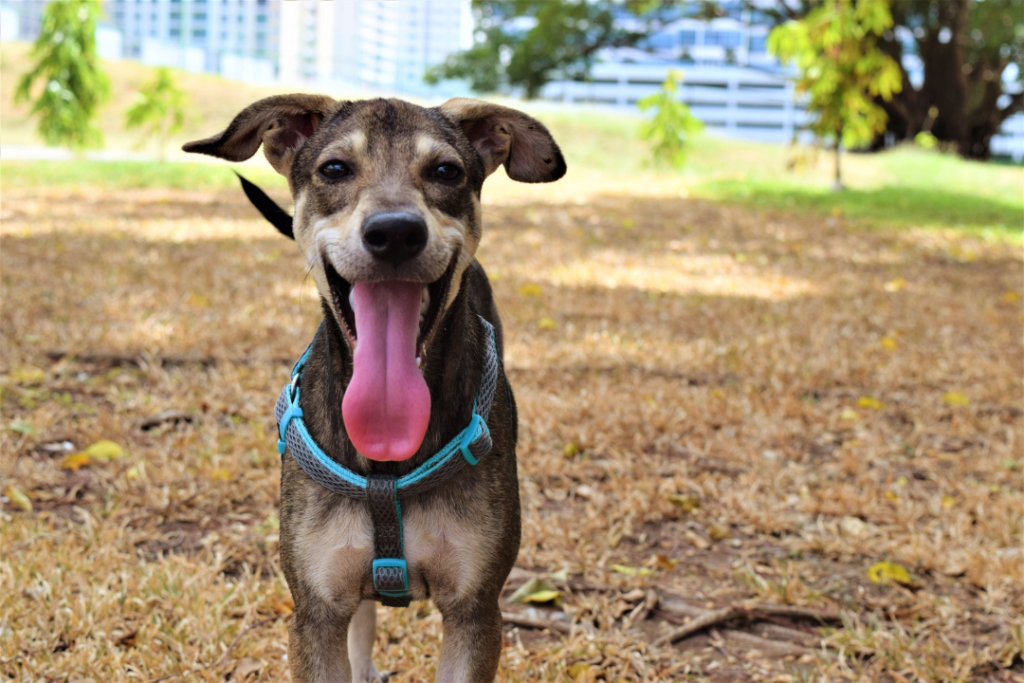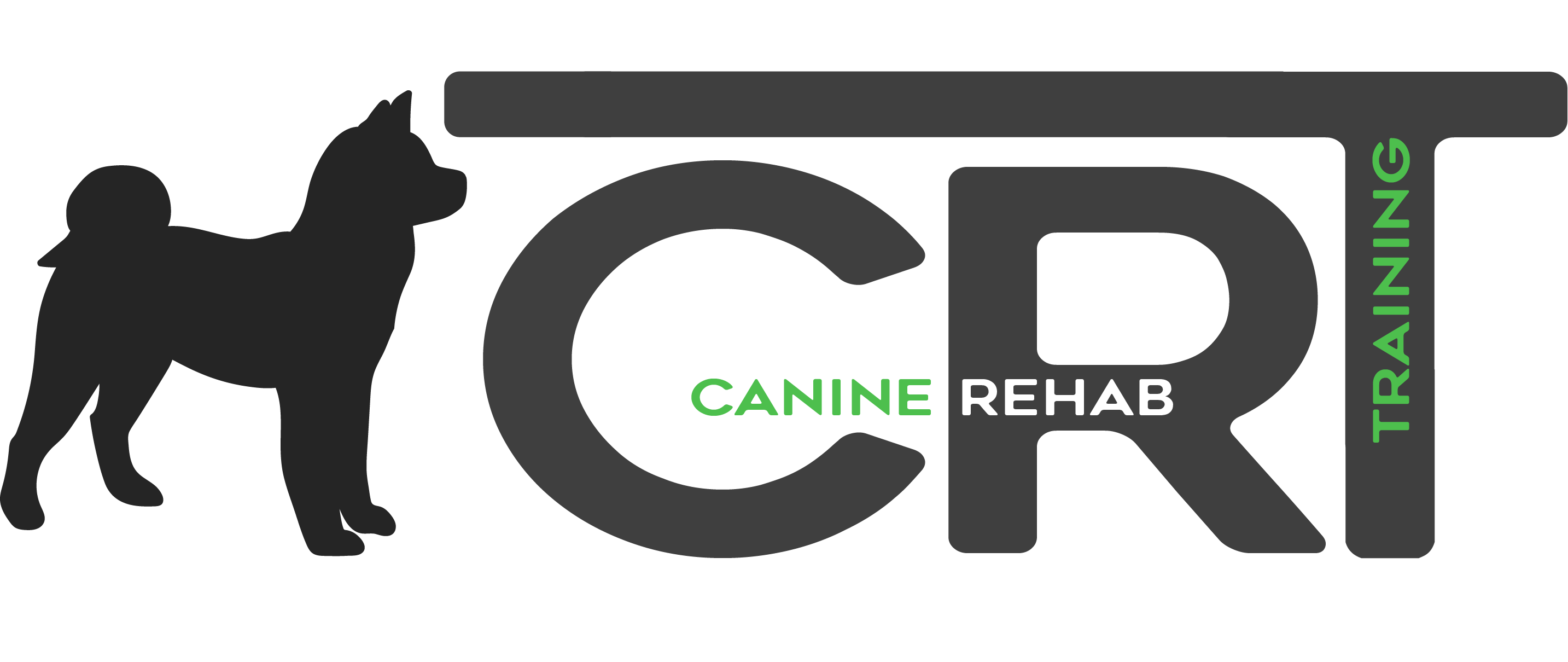House Training a 3 Year Old Rescue Dog
Welcoming a mature rescue dog into your family is an incredibly rewarding experience, but it also comes with its own set of unique challenges. One of the biggest hurdles you may face is house training your furry companion, especially if they haven’t had the opportunity to learn proper potty habits in their previous living situations.
Fear not, fellow dog lovers! With a little patience, consistency, and a whole lot of love, you can successfully guide your rescued pup towards becoming a well-mannered member of your household. In this comprehensive guide, we’ll dive into the world of house training older dogs, exploring effective techniques, addressing common pitfalls, and celebrating the joys of giving a second chance to a deserving furry friend.

Understanding Your Rescue Dog
Before we embark on the house training journey, it’s crucial to understand the unique traits and behaviors that often come with adopting a mature rescue dog. Many of these pups have experienced a turbulent past, which can manifest in various ways, from anxiety and fear to a lack of basic training.
Rescue dogs may exhibit behavioral quirks that stem from their previous living conditions or lack of socialization. It’s not uncommon for them to be wary of new environments, people, or even everyday household sounds. Building trust and understanding your dog’s cues is essential for a successful training process.
Remember, every dog is an individual, and their past experiences shape their current behavior. Approach your new companion with patience, kindness, and an open heart, and they’ll eventually learn to trust and bond with you.
Preparing for House Training
Proper preparation is key when it comes to house training a mature rescue dog. First and foremost, you’ll need to stock up on some essential supplies:
- Crate or Kennel: A cozy, safe space for your pup to call their own. Crate training can be incredibly helpful in the house training process.
- Leashes and Harnesses: For controlled potty breaks and walks.
- Treats and Rewards: Positive reinforcement is crucial for effective training.
- Cleaning Supplies: Accidents are bound to happen, so be prepared with enzymatic cleaners to eliminate odors.
Next, you’ll want to designate a potty area for your furry friend, whether it’s a section of your yard or a specific spot on your walks. Consistency is key, so choose a location that’s easily accessible and stick to it.
Finally, establish a routine that suits your dog’s age and physical abilities. Older dogs may need more frequent potty breaks, so be prepared to adjust your schedule accordingly.
Training Techniques for Older Dogs
While the principles of house training remain the same, there are some key differences when it comes to training mature dogs compared to puppies. Older dogs may have developed habits and behaviors that are more deeply ingrained, making the process a bit more challenging.
The good news is that with patience and positive reinforcement, even the most stubborn of pups can learn new tricks. Here’s a step-by-step guide to introducing your rescue dog to house training:
- Start with Crate Training: Crate training is a highly effective tool for house training dogs of any age. It capitalizes on their natural instinct to keep their den clean, while also providing a safe, cozy space for them to retreat to.
- Establish a Routine: Consistency is crucial when it comes to house training. Set a schedule for potty breaks, feeding times, and walks, and stick to it as closely as possible.
- Use Positive Reinforcement: Reward-based training is the way to go. Whenever your pup successfully eliminates in the designated potty area, shower them with praise, treats, and affection. This positive reinforcement will help solidify the desired behavior.
- Supervise and Intervene: Closely supervise your dog during the initial stages of training, and be on the lookout for their “potty signals” (sniffing, circling, or standing near the door). When you notice these cues, promptly take them to their designated potty area.
- Be Patient and Consistent: Rome wasn’t built in a day, and neither is a well-trained pup. Stick to your routine, remain patient, and celebrate even the smallest victories along the way.
Remember, every dog learns at their own pace, and older dogs may require a bit more time and repetition to break old habits and form new ones. Positive reinforcement is key to successful training, so keep those treats handy and be generous with your praise!
Common House Training Challenges
While house training a mature rescue dog is certainly achievable, it’s not without its fair share of challenges. One of the most common issues you may face is accidents and setbacks.
If your pup has an accident inside, it’s important to remain calm and avoid scolding or punishing them. Dogs don’t understand punishment long after the fact, and it can actually reinforce negative behaviors. Instead, calmly clean up the mess using an enzymatic cleaner to remove any lingering odors, and move on.
Some rescue dogs may also exhibit unwanted behaviors during the training process, such as excessive barking, chewing, or digging. These behaviors can often be traced back to anxiety, boredom, or a lack of proper socialization.
In these cases, it’s crucial to address the root cause of the behavior rather than just punishing the symptom. Provide plenty of mental and physical stimulation, such as puzzle toys, long walks, or even doggy daycare, to help alleviate any pent-up energy or stress.
If your rescue dog has a history of trauma or abuse, the house training process may be even more challenging. These pups may exhibit fear-based behaviors or have difficulty trusting their new surroundings. In these cases, it’s essential to work closely with a professional dog trainer or behaviorist to ensure a positive and stress-free training experience.
Maintaining Progress
As you and your furry friend navigate the house training journey together, it’s important to track your progress and adjust your techniques as needed. Every dog is unique, and what works for one may not work for another.
Pay close attention to your dog’s cues and behaviors, and be willing to try new approaches if you hit a roadblock. Remember, consistency is key, so any changes you make should be implemented with regularity.
In addition to proper training techniques, exercise and diet can also play a significant role in successful house training. Regular physical activity can help burn off excess energy and reduce anxiety, making it easier for your pup to focus on their training.
A balanced, high-quality diet can also contribute to better potty habits by promoting healthy digestion and reducing the likelihood of accidents.
If, despite your best efforts, you find yourself struggling with house training your rescue dog, don’t hesitate to seek help from a professional dog trainer. These experts can provide valuable insights, personalized guidance, and support to help you and your furry companion overcome any obstacles.
Integrating Your Dog into the Family
Once your rescue dog has made significant progress with their house training, it’s time to start integrating them into your family and home life. This process should be approached with patience and care, as introducing new people, pets, and environments can be overwhelming for a rescue pup.
Start by introducing your dog to other family members one at a time, in a calm and controlled setting. Encourage positive interactions through the use of treats and praise, but also respect your dog’s boundaries and allow them to approach new people at their own pace.
If you have other pets in the household, it’s essential to properly introduce them to your rescue dog as well. This should be done gradually, with both pets on leashes and in a neutral territory. Reward calm, friendly behavior, and never force interactions.

As your rescue dog becomes more comfortable in their new surroundings, it’s important to establish clear boundaries and rules within the home. This not only helps maintain the progress you’ve made with house training but also promotes a sense of security and stability for your pup.
Finally, don’t forget the importance of socialization. While it’s tempting to keep your rescue dog tucked away in the safety of your home, regular exposure to new sights, sounds, and experiences is crucial for their overall well-being and adjustment to their new life.
Conclusion
House training a mature rescue dog may seem like a daunting task, but with patience, consistency, and a whole lot of love, it’s entirely achievable. Remember, every dog is an individual, and their journey to becoming a well-mannered member of your household will be unique.
Celebrate the small victories!
